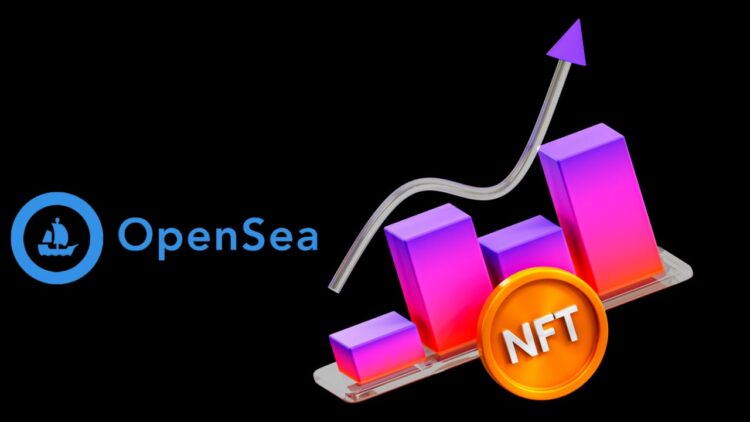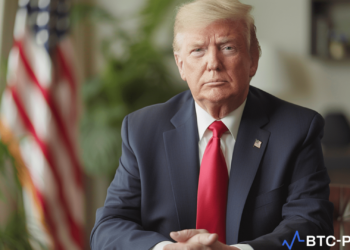On Friday, May 20th, OpenSea announced the release of the Seaport protocol on its blog. The Seaport protocol will pave the way for a decentralized and open market, with more options for NFT traders.
The new protocol has been welcomed by many in the NFT space, and significant changes will be made to how investors buy and sell NFTs. The protocol will permit interoperability. Users will now be able to transfer their NFTs across multiple platforms, bringing about decentralization.
Why Seaport?
In the past, OpenSea has been avoided by several DeFi fans due to the centralized nature of the marketplace. However, with Seaport and its Open source code, anyone will be able to build an NFT marketplace because it’s decentralized. Additionally, anyone will be able to fork the code since there is no specific contract owner.
At the moment, buying and selling NFTs on OpenSea can only be done using ETH, APE, DAI, or USDC. The launch of Seaport will make it possible for NFT investors to acquire non-fungible tokens with other NFTs or ERC-20 tokens. This will eliminate unnecessary fees spent during trading.
NFT traders will be able to set specific criteria for the tokens they want to trade. The seaport protocol will also support Dutch auctions. This will help holders gauge the value of their NFTs perfectly. It will be possible to explore a price increase or decrease function for NFTs listed for sale. Holders can also set a time limit for their listing.
Another unique feature the platform will support is tipping. Buyers will be able to pay more than the bid price of non-fungible tokens as long as the tip does not exceed the NFT’s price.
Vital statistics like the sales volume, floor price, and rarity of an NFT will be visible to the platform users.
Undoubtedly, these new features will make more users troop to the platform.










